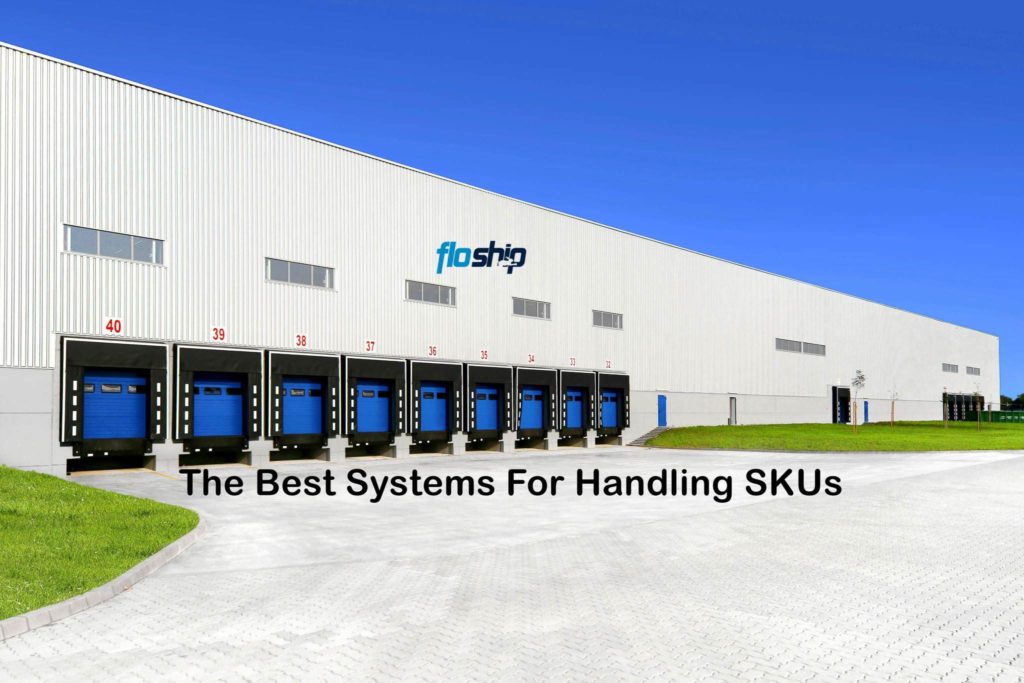If you want to run an efficient eCommerce operation, it’s important to get your SKUs right.
Mismatched, incorrect, or duplicate SKUs can cause confusion, and even slow things down unnecessarily.
If you want to keep your customers happy, you have to make sure that products are being shipped out in a timely manner, and anything that gets in the way of that is something you have to address.
Here are the best systems for handling SKUs.
Make Your SKUs Easy To Read
Since you can employ the use of alphanumeric characters in your SKUs, it is best practice to make use of both letters and numbers.
But this comes with a minor caveat:
Your SKUs should not be randomly generated (i.e. 84848-123-G23-K).
This makes it very difficult to know what products you’re even looking at.
Instead, strive to keep things simple. Make use of characters like S, M, L and XL to denote the size of certain products.
You can even differentiate inventory items by color, “R” for red, “B” for blue, and so on. You can also spell it out in full if you need to.
Avoid The Use Of Spaces In SKUs
Although some shopping systems might allow for spaces in your SKU IDs, it would likely cause a problem with most software platforms.
Likewise, special characters, slashes, and accented characters should be avoided.
The goal of SKUs is to systematize and streamline your processes around inventory.
When you want to avoid unnecessary headaches, do not use non-standard characters in your SKU IDs (unless you know for certain that your application will handle them).
Choose A Consistent Format & Stick With It
Although you can create unique SKUs for all of your wares, it’s a good idea to decide on a format upfront:
For example, you don’t want to create a label like “001-Yellow-XL”, and make the next one “TShirt-L-Orange”.
Consistency makes identification and search-and-find functions more reliable. If you don’t get everything right the first time, don’t worry, you can go back and fix it later.
But if you have a lot of products, it’s better to get things right the first time than having to go back in and change everything later.
Additionally, if your SKUs are human readable, it will help your entire operation.
Ideally, you should know exactly what a product is when looking at a SKU.
For instance, if you’re trying to find a pair of blue jeans in your warehouse with a 38″ waist, but the label “Green-TShirt-012-S” comes up when you search for the jeans, you’re going to be very confused.
Use Pre-Established SKUs
Many products already have SKUs attached to them thanks to global databases like Global Trade ID Number (GTIN), Universal Product Code (UPC), and others.
By taking advantage of these, you may be able to streamline the entire picking, packing and shipping process from end to end.
When everyone can act on the same assumptions, you will be able to mitigate confusion.
But this isn’t always possible, and in some cases, you may need to create your own SKUs. It may even help you make your warehouse more streamlined.
Find out whether or not the products you’re selling already have universal codes attached to them, and if would be the right choice for you and your staff to take advantage of them.
Final Thoughts
At the end of the day, this is all about you.
You should create SKUs that work for you and your operation. The same can certainly be said for software choice.
There are many well-established platforms on the market, but you should assess each of them to figure out what’s going to help your business stay on top of your wares.
Managing your inventory and orders should prove much easier once everything is set up. It will be well worth the effort.
Related Resources
- Find out more tips about Managing a Global Supply Chain.
- Expand to Global Markets with Free eBook.
- Set up a call with a Floship representative and find out how we can help you grow your business globally.

Ready To Upgrade Your Logistic Solution?
Speak to Floship ecommerce logistic consultant about improving your global support chain today




